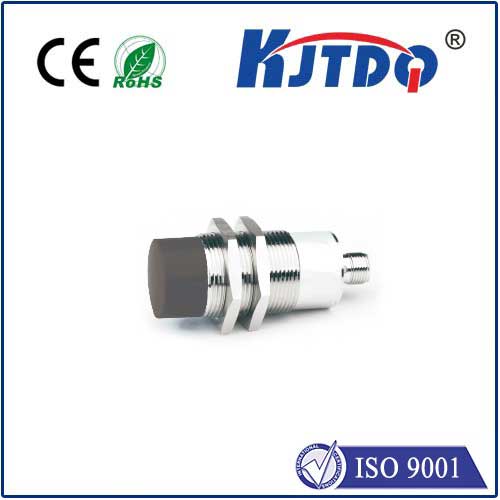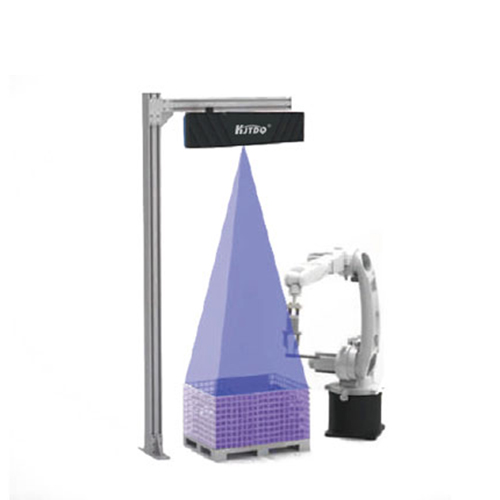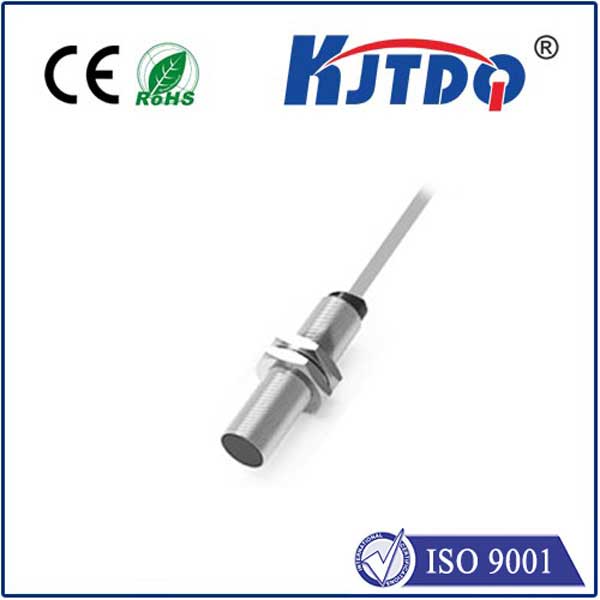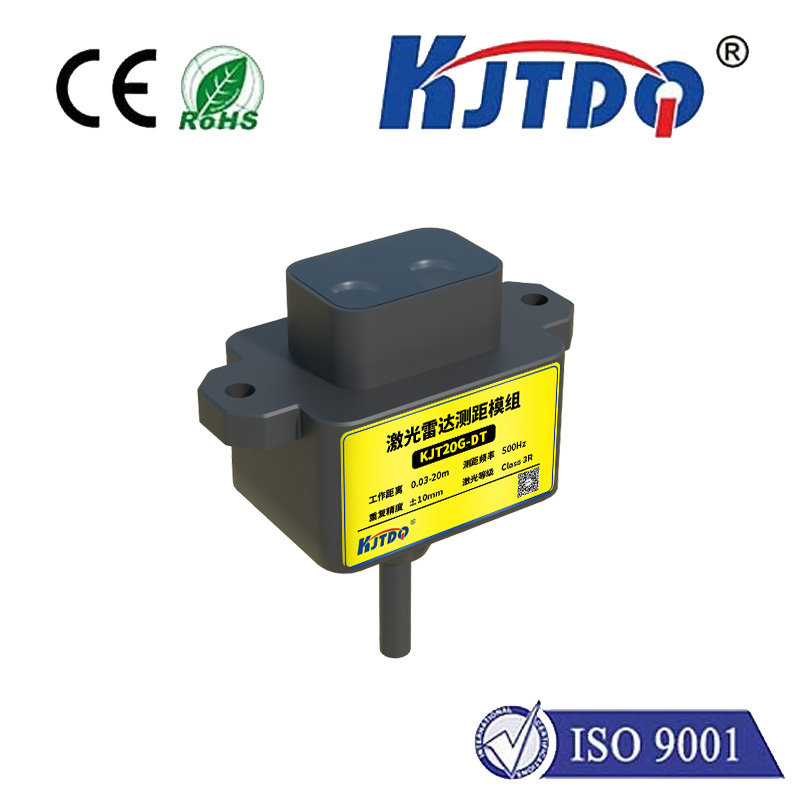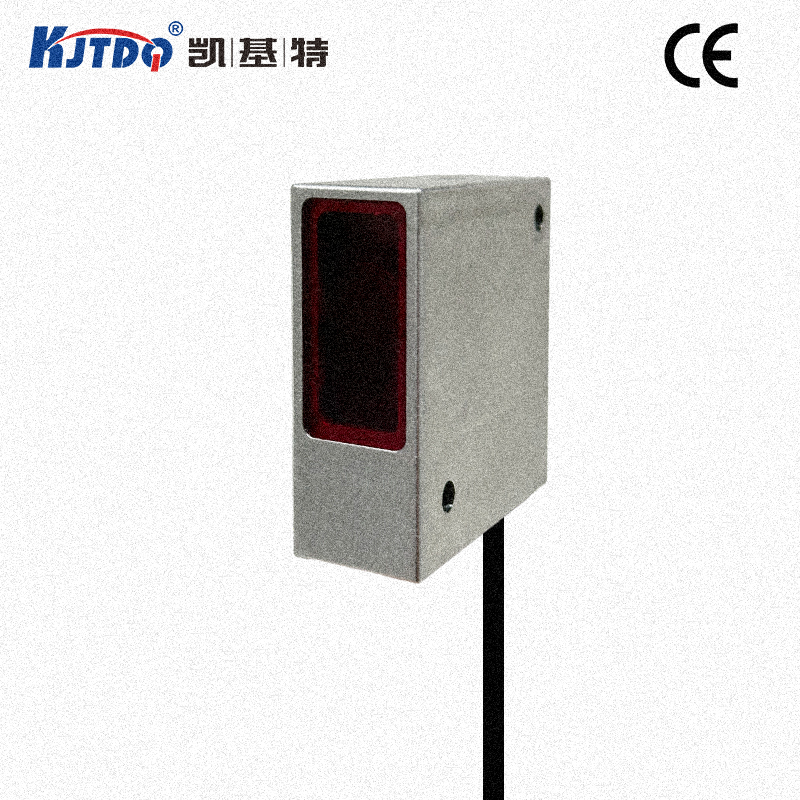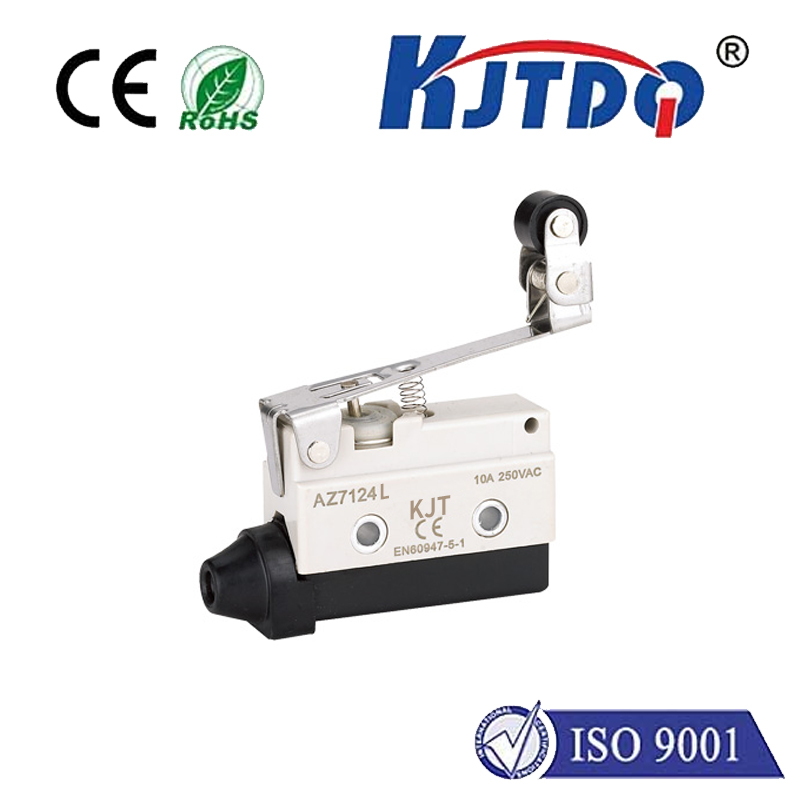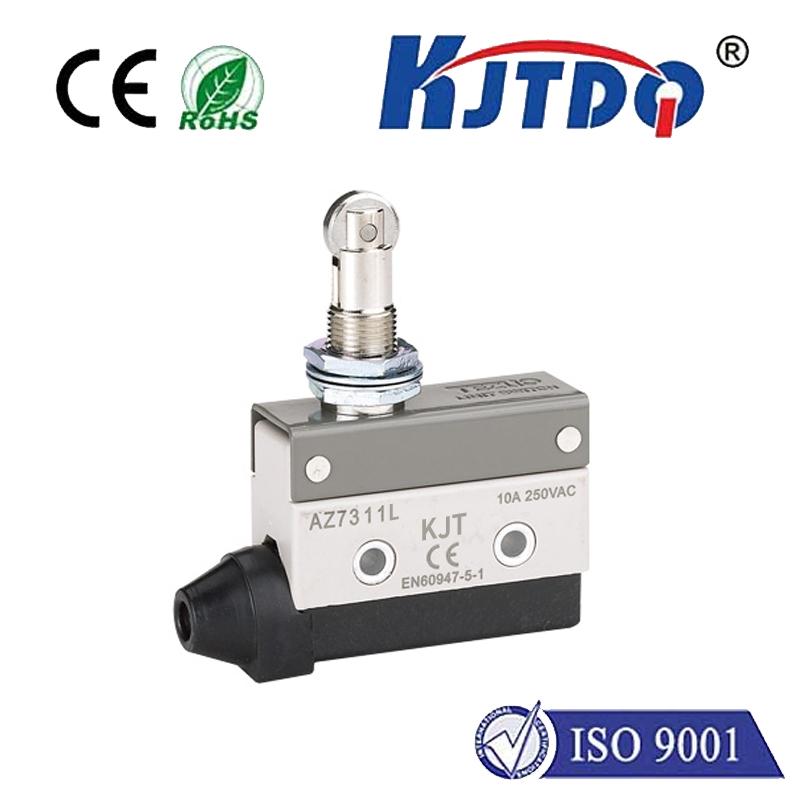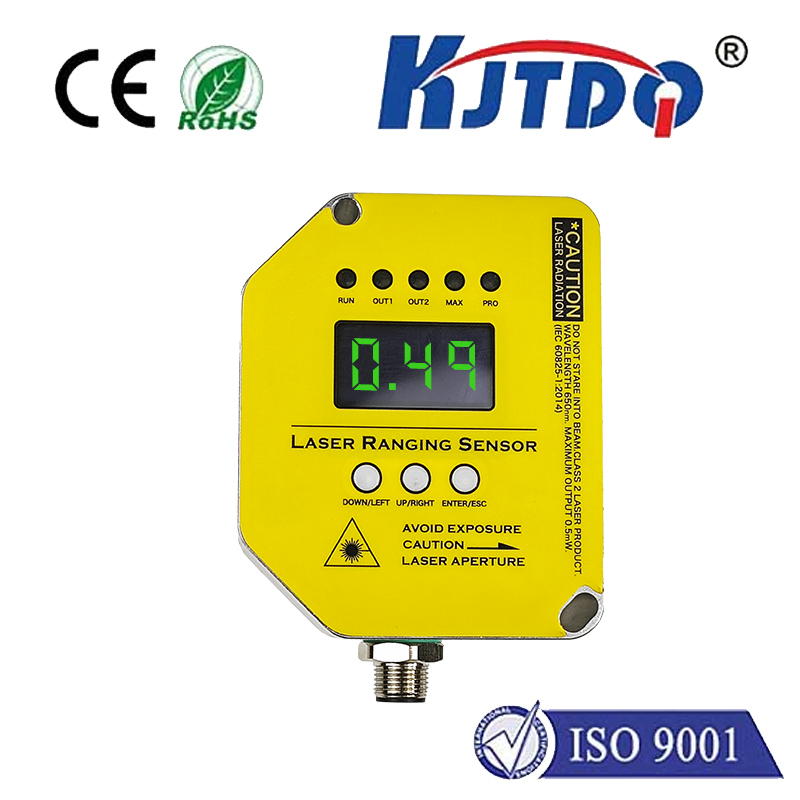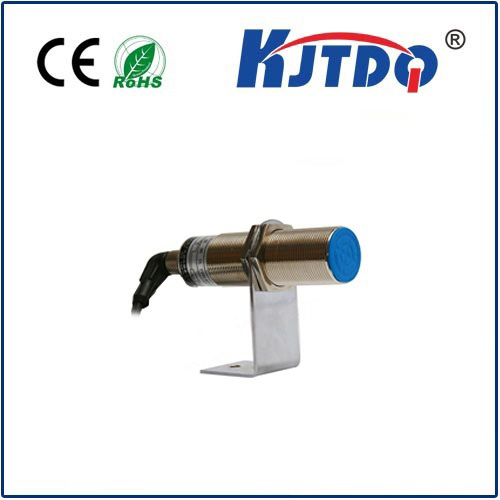

check

check

check

check

check

check

check

check

check

check
In today’s technologically driven world, the efficiency of automation systems often hinges on small yet powerful components like proximity sensors. One such vital device is the 120V proximity sensor, which has become an integral part of numerous industrial setups. But what exactly is a 120V proximity sensor, and how does it revolutionize various applications? Let’s delve into its core functionalities and diverse uses.
A 120V proximity sensor is a type of electronic sensor that detects the presence or absence of an object within a specific range without any physical contact. The term “120V” refers to the operating voltage of the sensor, indicating it is designed to work with standard North American household power supplies. These sensors typically utilize capacitive, inductive, or photoelectric technologies to sense objects approaching or passing by.
The working principle varies depending on the technology employed:
Capacitive Proximity Sensors: These sensors measure the changes in capacitance caused by the target object’s presence. They are excellent for detecting non-metallic materials.
Inductive Proximity Sensors: These rely on changes in the electromagnetic field when a metallic object comes into proximity. They are commonly used to detect metal objects.
Photoelectric Proximity Sensors: These use light to detect objects. A light source and a photodetector work together to identify objects that interrupt the light beam. When an object enters the detection zone, the sensor generates an electrical signal, usually either a high or low state, that can be used to trigger various control actions.

Non-contact Operation: This feature ensures longevity and reliability as there is no mechanical wear and tear.
High Precision: Proximity sensors offer accurate detection, making them suitable for precise control applications.
Versatility: With various types available, these sensors can be used in multiple environments and conditions.
Ease of Installation: Being compatible with standard 120V power supplies makes installation straightforward in many domestic and industrial settings.
Safety: By avoiding direct contact, these sensors enhance safety in potentially hazardous environments.
Industrial Automation: In manufacturing, proximity sensors are used to monitor, count, or position objects on assembly lines, enhancing efficiency and productivity.
Home Appliances: Modern home appliances such as washing machines and refrigerators use proximity sensors to detect door status and ensure safe operation.
Security Systems: These sensors play a crucial role in security systems by detecting unauthorized movement and triggering alarms or cameras.
Material Handling: In warehouses and distribution centers, proximity sensors help in controlling conveyor belt operations and sorting mechanisms.
Automobile Industry: They are used in various automotive applications, including detecting the position of seats, doors, and ensuring airbag deployment systems function correctly.
The 120V proximity sensor stands out as a versatile and reliable solution for a multitude of sensing needs across different industries. Its ability to operate efficiently without physical contact, coupled with its high precision and ease of integration, makes it an indispensable tool in modern automation and control systems. As technology continues to advance, we can only expect more innovative applications of this remarkable sensor in the future.

